“I love driving above 300kph and listening to Firestarter by The Prodigy," remarks Frank Heyl.
Bugatti's director of design might have told people this before, but it's unlikely that anyone will ever respond: "Oh, me too." Not only would you need to have had enough exposure to such exorbitant pace to build up a love for it, but you would also need to be so comfortable travelling at around 190mph to even register what music were playing in the background, let alone enjoy it.
But when it's your job to design 16-cylinder hypercars, it surely helps to be comfortable with such outrageous levels of speed and noise. Heyl has been at Bugatti for nearly two decades, arriving in time to help shape 2010's 268mph Veyron Super Sport and eventually taking over from his long-serving predecessor, Achim Anscheidt, as chief of design for both Bugatti and its EV sibling brand, Rimac, in 2023.
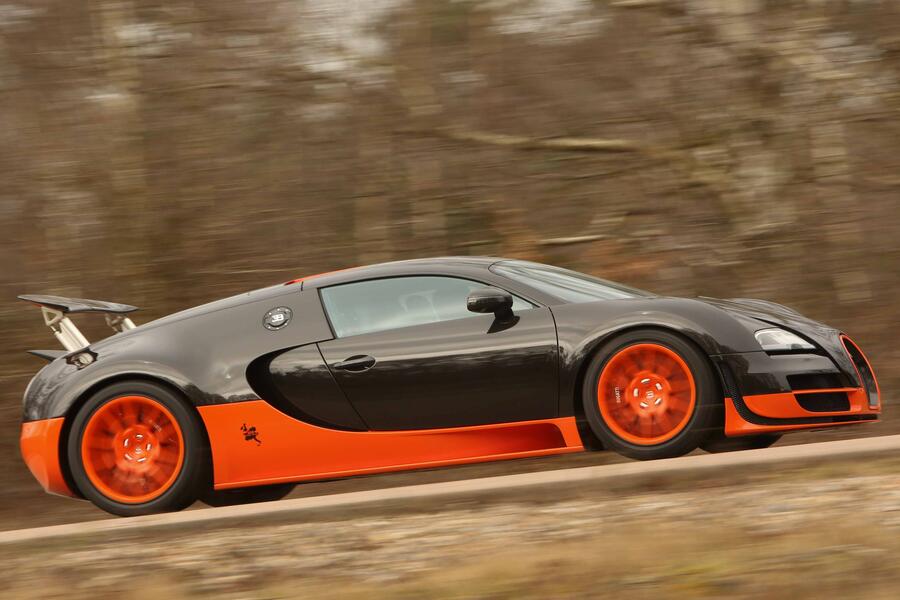
But he hasn't always breathed such rarefied air. After graduating from London's Royal College of Art, German-born Heyl landed a job as an exterior designer at Skoda, where he helped to shape the Czech budget brand's hatchbacks.
The first project he worked on was the humble Rapid, a Fabia-based liftback, the concept for which was coincidentally designed by Jozef Kaban, who penned the basic design of the original Veyron before leaving Bugatti for Skoda the inverse of Heyl's journey.
Conceived "for those who, let's say, couldn't afford an Octavia", the Rapid was a utilitarian and relatively spartan mobility solution that could hardly be further removed from the multimillion-pound missiles that Heyl is charged with dreaming up these days, but the programme nonetheless taught him a valuable lesson about the creative constraints of corporate reality.
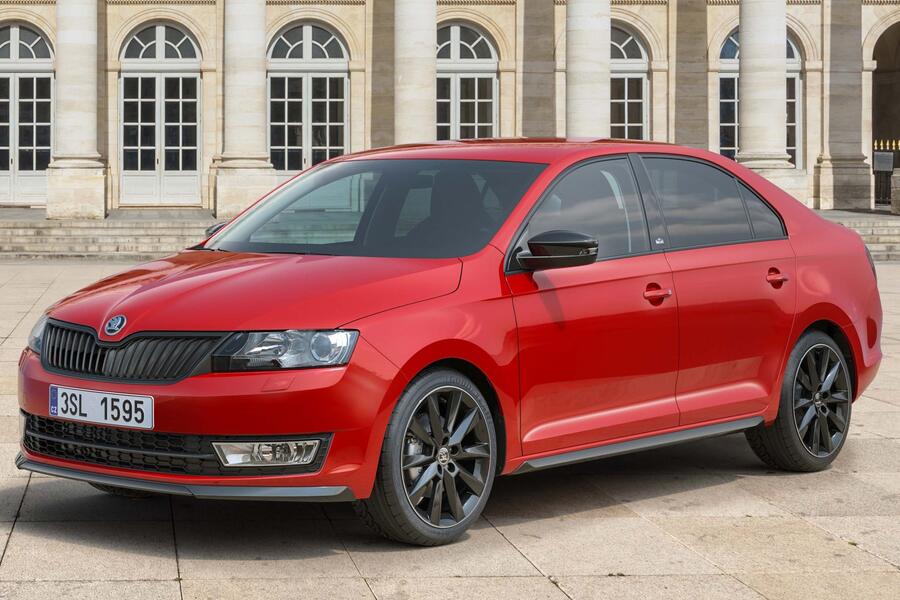

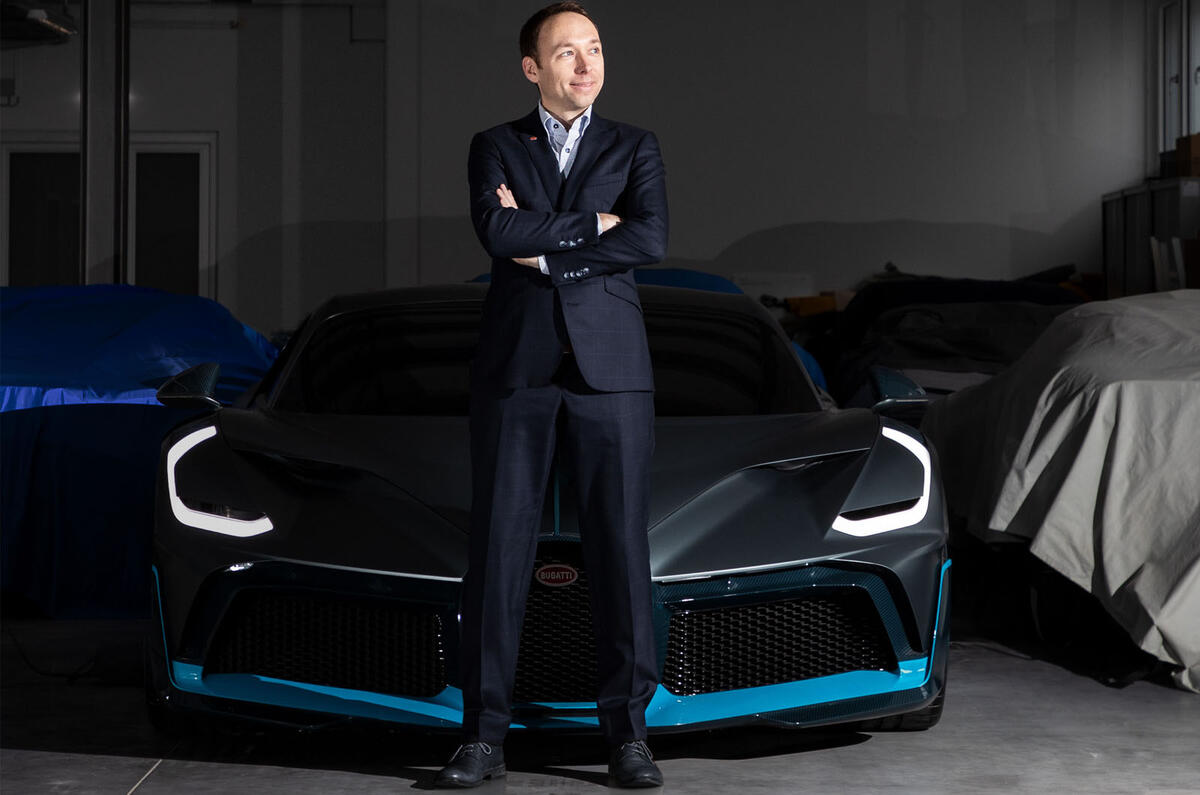

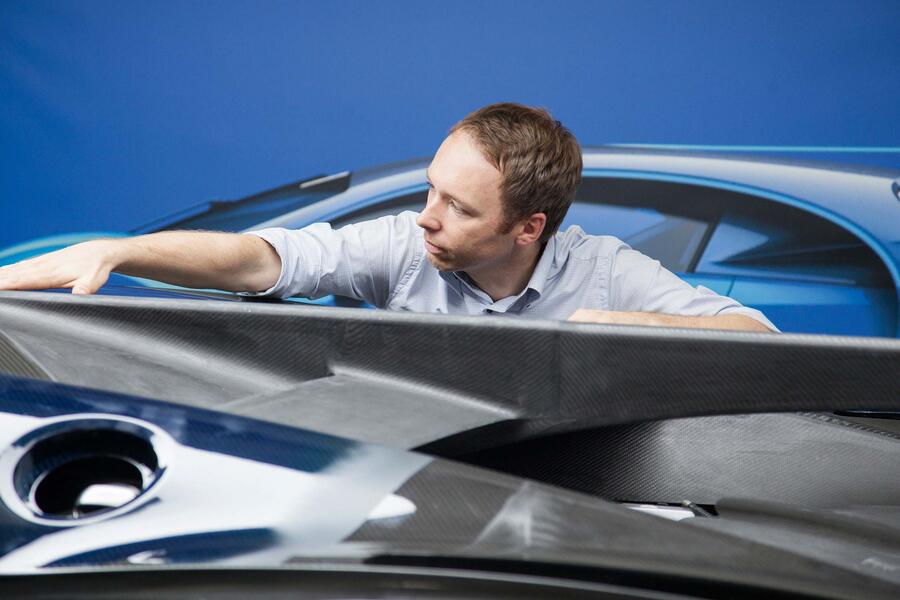
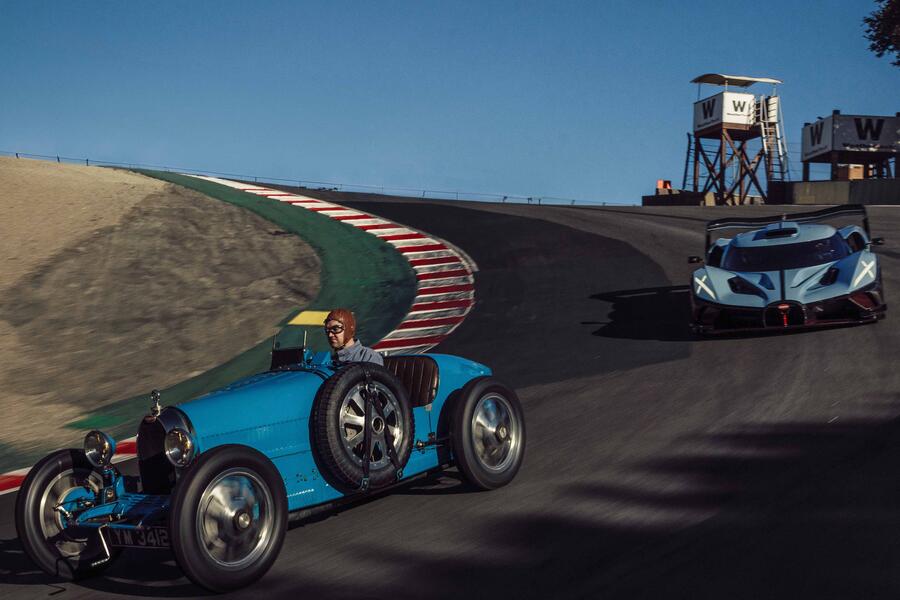
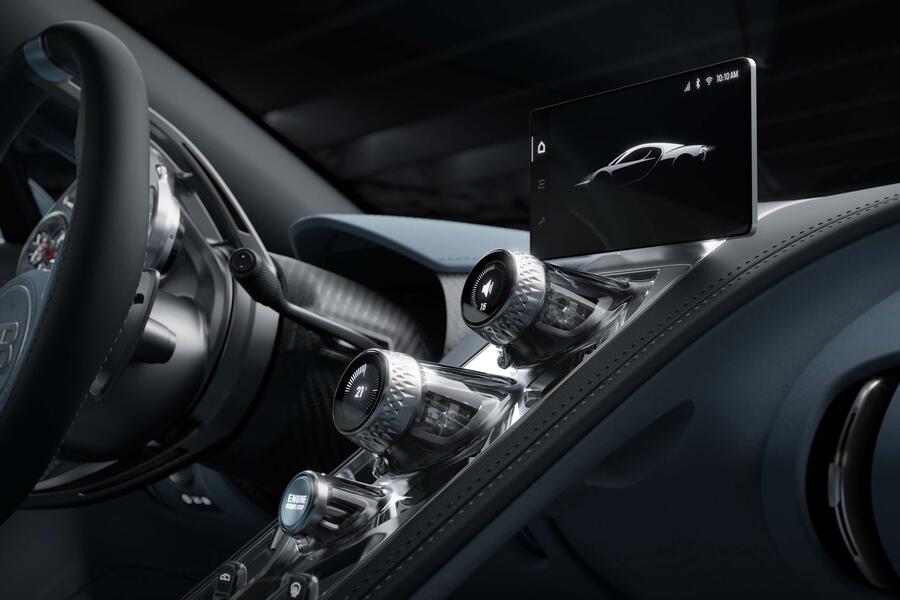

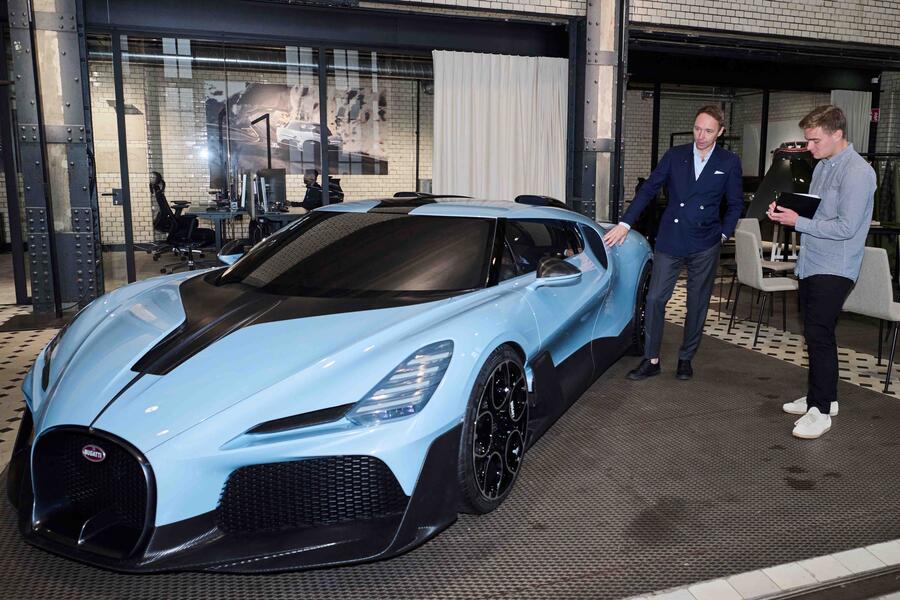





Add your comment